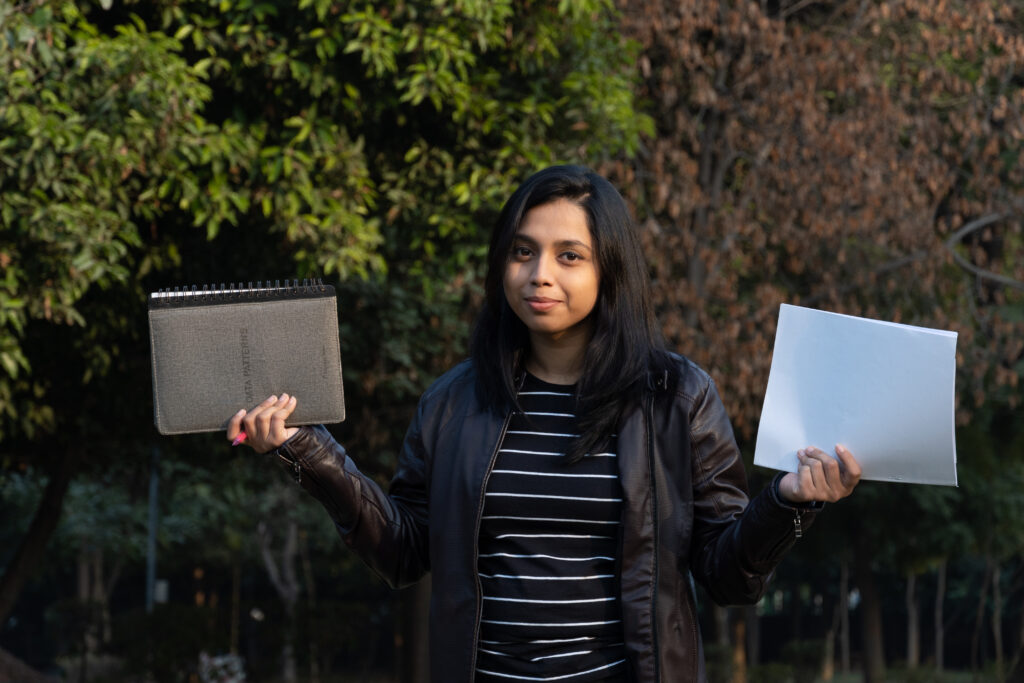
India continues to struggle with an education system that is inadequate and hardly inclusive. The most important element here is the state of the schools themselves, especially the government schools.
There are 15.1 lakh schools in India overall, according to the most recent data from UDISE. For the academic year 2020–21, there are 10.32 Lakh government schools in India. There are 26.44 billion students and 96.96 Lakh teachers in total as of the 2020–21 academic year.
In 2010-11, for one teacher there were 43 students. This number has come down to 26.3 in 2020-21 according to government data. However, a report by UNESCO mentioned that there is a shortage of about a million teachers in India.
Moreover, about 1.1 lakh schools in India have only one teacher. There are vacancies in 11.16 lakh teaching posts in the country. About 69% of teaching posts in rural areas are vacant.
The undertraining of teachers is also an issue. 31% of teachers do not hold a degree. Indian schools do not invest enough in the training of teachers. Contract teaching and declining quality of pedagogy are issues that need addressing.
There are 6000 schools across the country that do not even have a building. Around 23% of schools in India lack access to electricity. Despite having functional washrooms for both boys and girls in the majority of schools, 10% of them lack hand washing stations, which puts children in unclean situations.
29,967 educational institutions lack access to drinking water on their grounds. Even though it is required that all schools check the health of their kids, 2,67,074 of them failed to do so in the 2018–19 school year.
These facts and figures point to the sorry state of schooling and infrastructure in India. The government is slow to respond to the changes and demands of the education for children. Hence it is important to contribute to change. Join Fikrah, volunteer with us and engage in any capacity to make education more universally accessible one child at a time.
